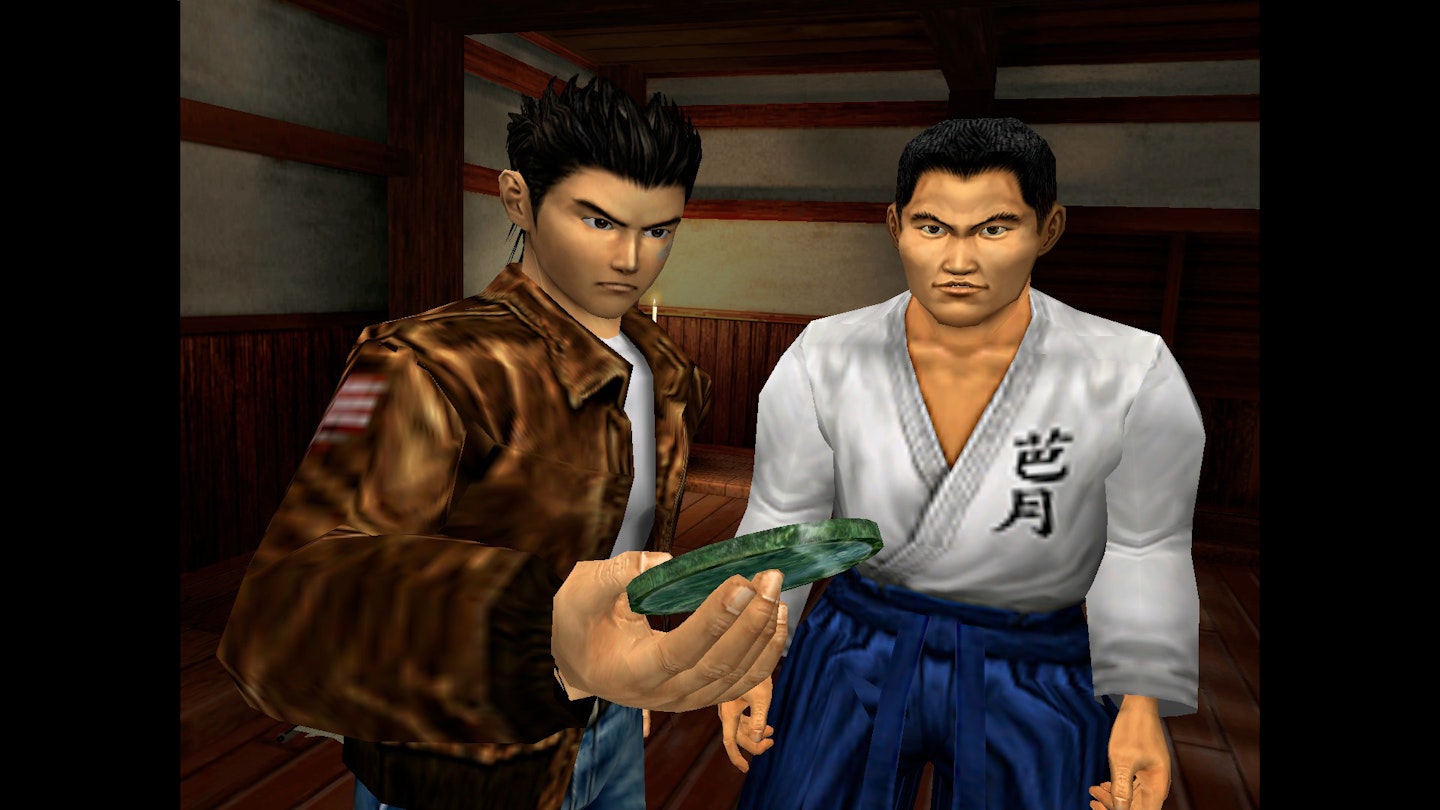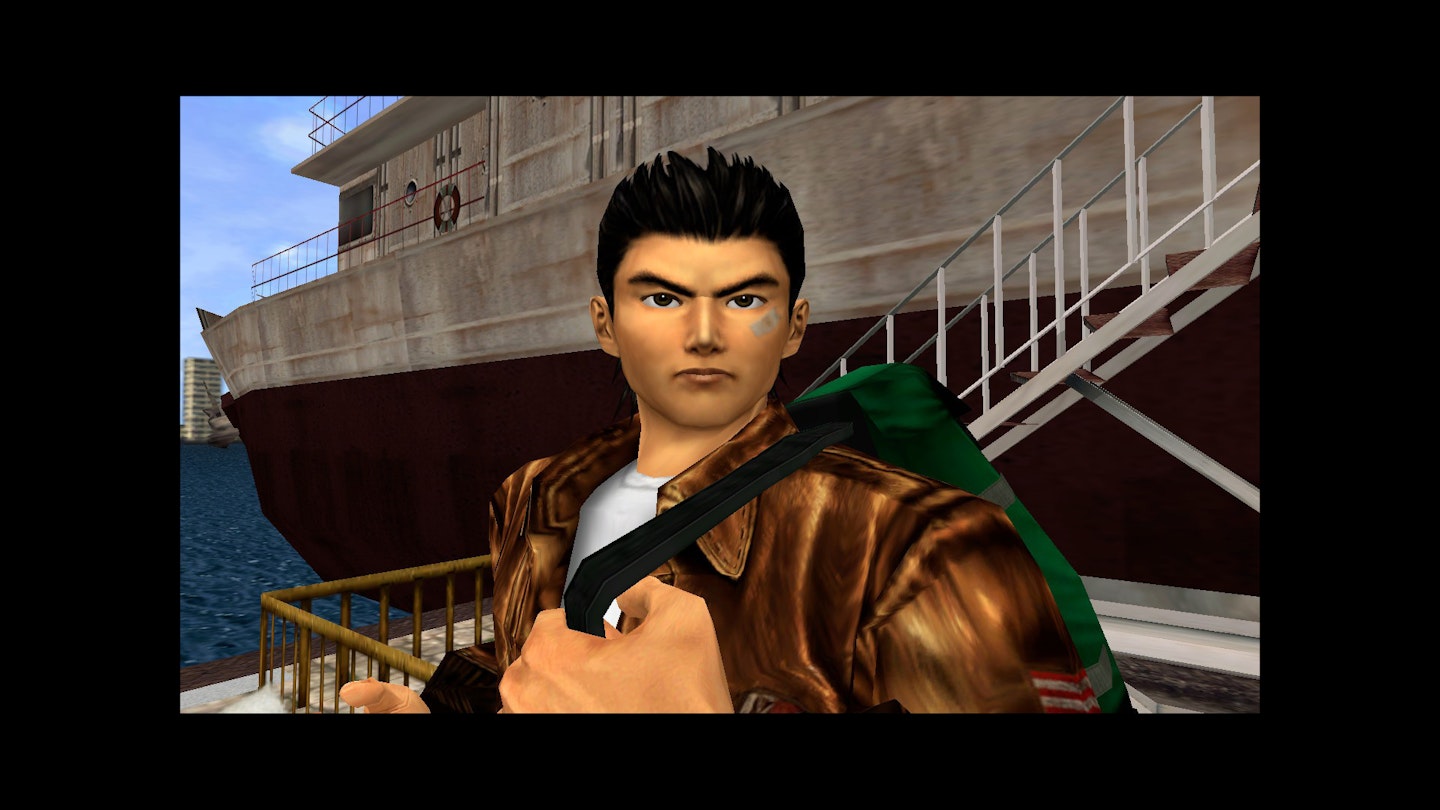To some, Shenmue is a legendary game, a pioneer of the kinds of open world RPGs that have become common since the original took its bow on Dreamcast back at the turn of the millennium. To others, it's a relic, unplayed by most and yet recipient of a weird, almost cultlike following. With Shenmue 3 finally on its way, beneficiary of significant crowdfunding support, Sega here re-releases the originals so players old and new can experience director Yu Suzuki's world – and see if it stands the test of time.

For the most part, it does – helped, to an extent, by the fact that the game is set in 1980s Japan to begin with, giving it a retro flair even on its original release. Players follow Ryo Hazuki as he searches for his father's killer, a quest that takes him from his hometown of Yokosuka to, in Shenmue II, the heart of Hong Kong. Immersing yourself in Ryo's world remains a huge part of the appeal, and it soon feels like living, breathing people populate the towns and cities he visits. This is key to Ryo's investigation into his father's murder and search for revenge – people all have their own lives and routines, and you'll have to find and interact with them on their terms to advance your quest. Shenmue's open worlds may be smaller than the successors it inspired, but they feel more intimate and engaging than ones ten times the size.
This release makes the saga more accessible than it's been in decades.
It's also a very realistic world, stripped of much of the fantasy of more conventional RPGs, which still makes Shenmue stand out almost 20 years on. In-game public transport systems run to schedule, businesses have set opening hours, and most importantly, rather than exploring dungeons, you'll have to go to work – a hunt for vengeance doesn't pay the bills.
It may sound dull, but it allows for dozens of minigames to be peppered throughout both games, from racing forklift trucks in Ryo's dayjob in Shenmue I to earning money from shady underground fight clubs in the second game. Capsule toy machines and vintage Sega games are playable in arcades – a virtualisation that would go on to influence the likes of Yakuza – all making for fine distractions as you spend your days in the world.
What hasn't aged quite so well is the combat system. Largely a series of melee encounters, Ryo's martial arts background allows him to pummel street thugs, improving the potency of his moves and combos through repetition. This makes for fairly samey encounters, only occasionally enlivened by quick time events – press buttons at the right time to win, allowing for dynamic camera work at the cost of bland battles.
However, as a remaster, this double pack performs well. Visually, you'll be able to play the games in either their original 4:3 appearance, letterboxed, or in high res, better suited to modern televisions. You'll also be able to switch between original Japanese audio and English dubbed versions, while tweaked control options better map the game to controllers.

Ultimately, while some mechanical elements feel dated in places, Shenmue more than holds its own against contemporary peers. Its availability on current gen consoles also makes the saga more accessible than it's been in decades, making this the perfect time to see what the fuss is about.
